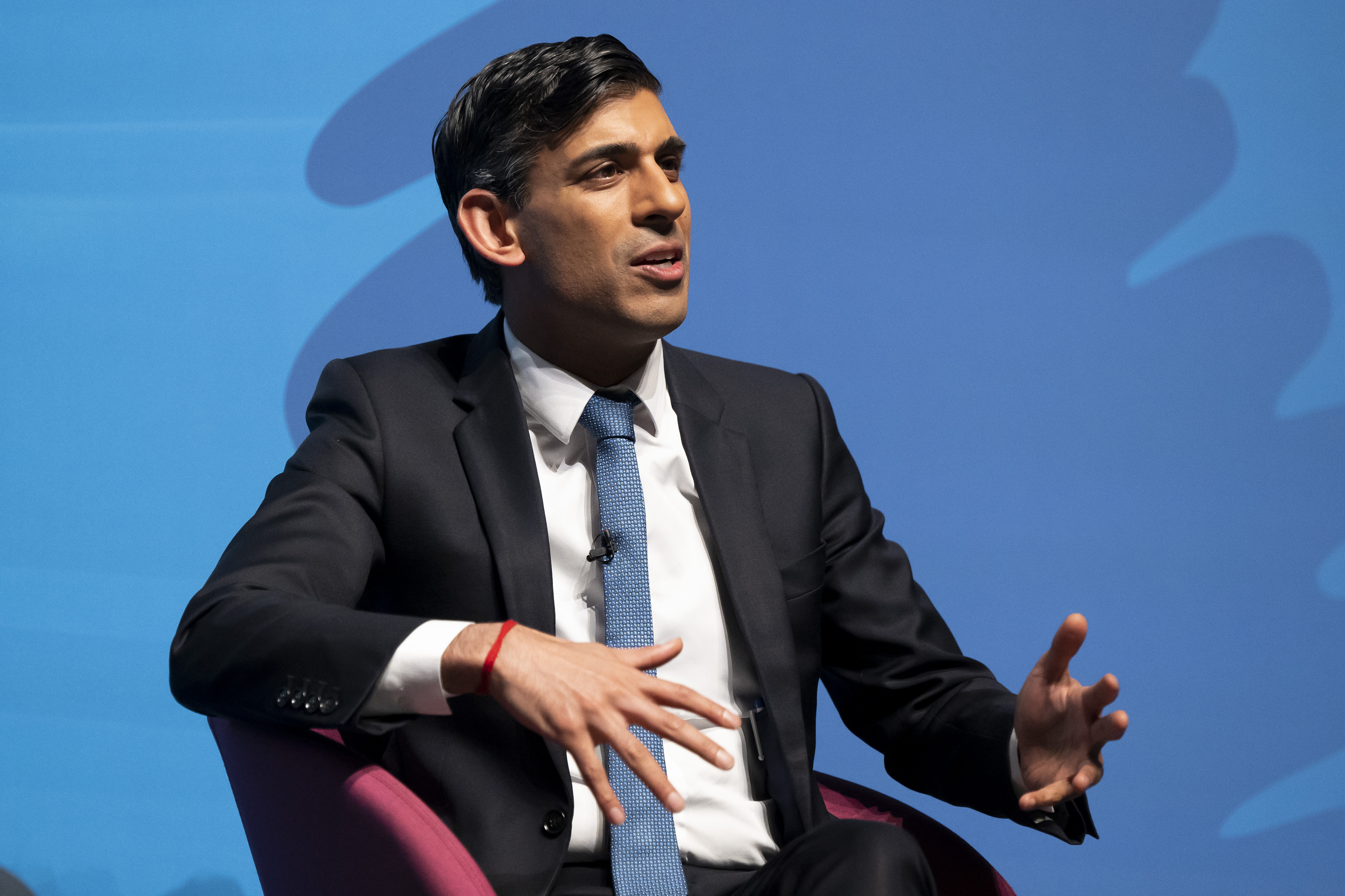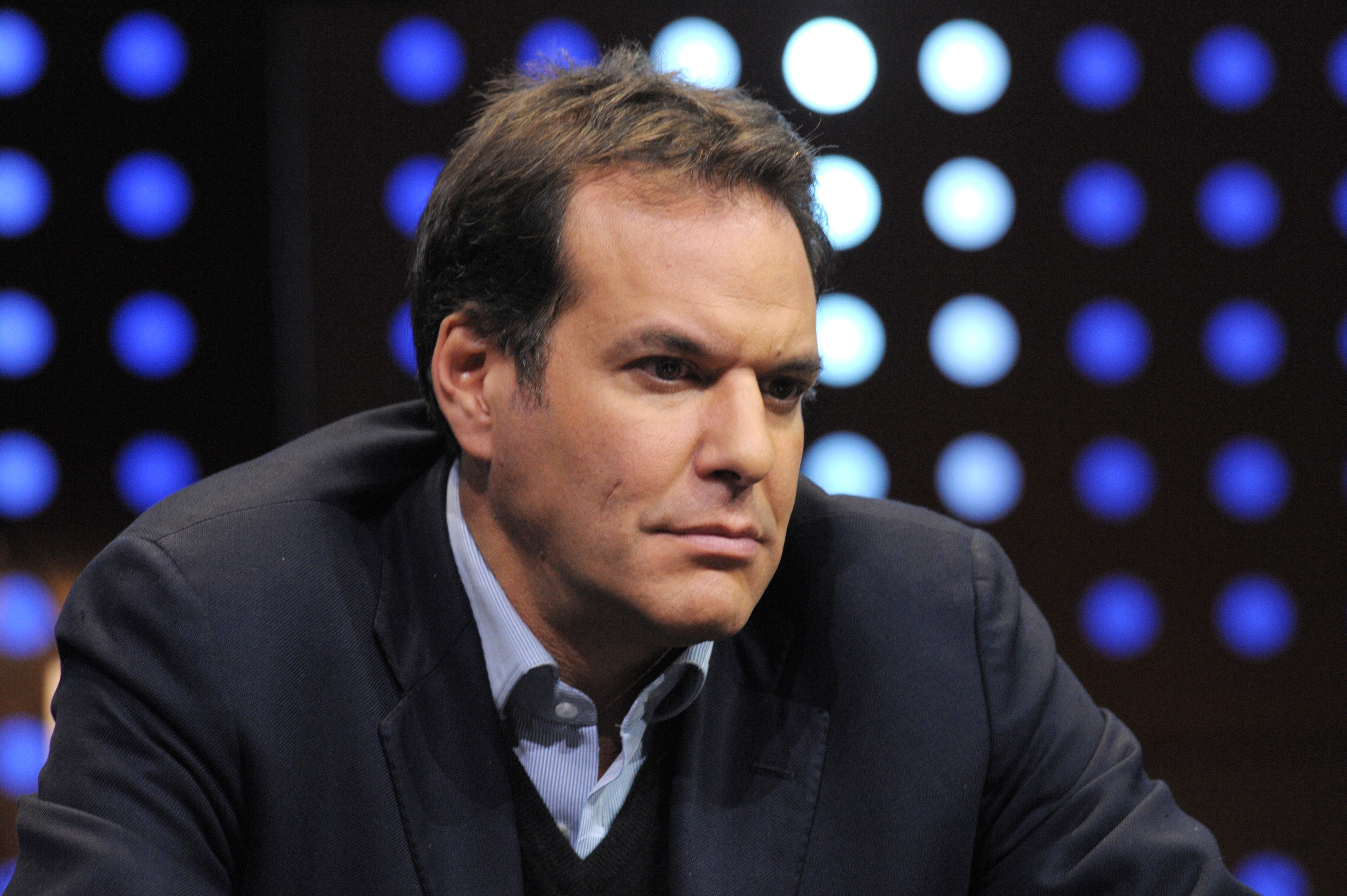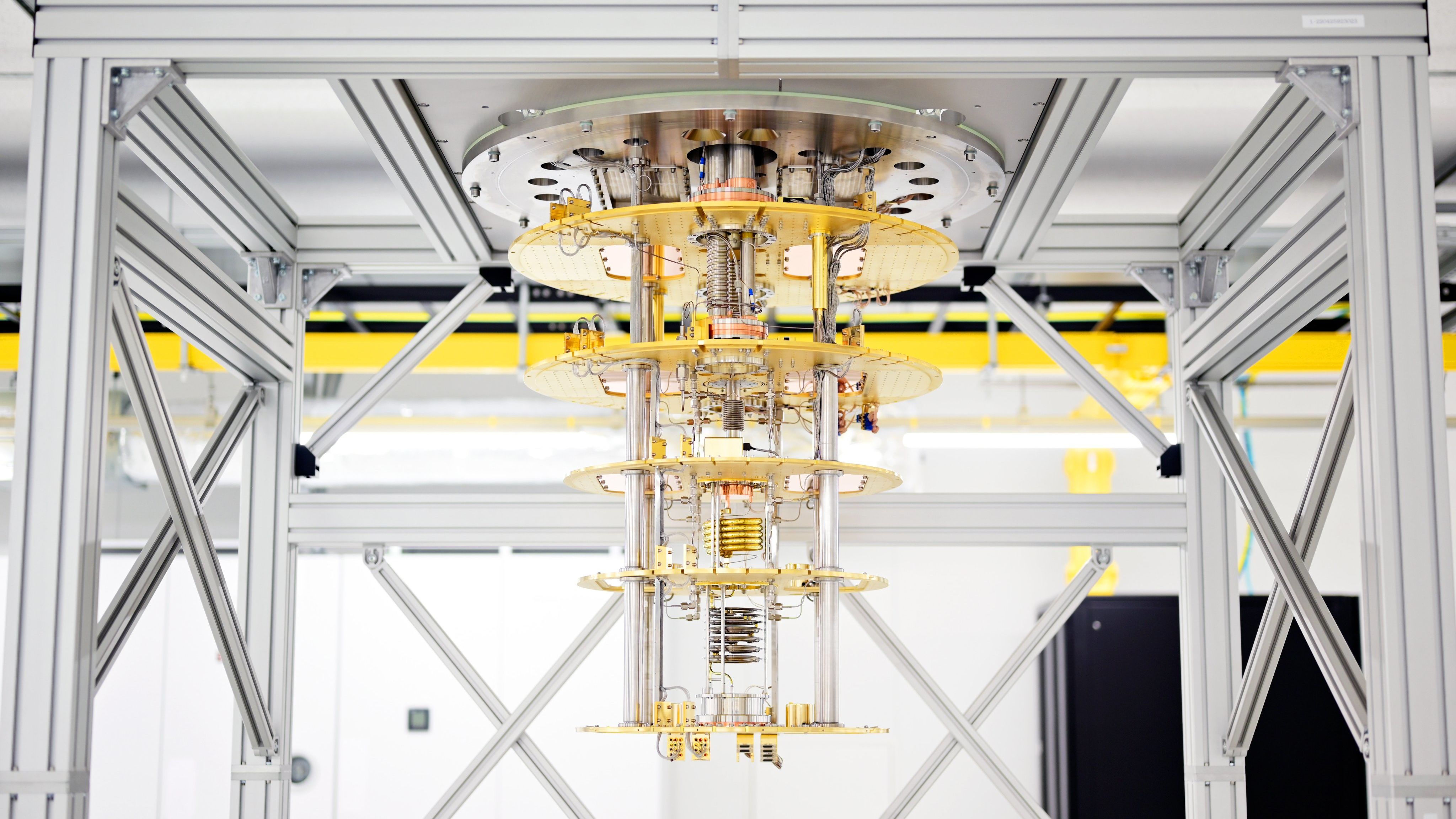Elon Musk wants human trials for neural uplink firm
Tech billionaire showcases Neuralink's "brain-machine interface" technology as a recruitment drive


Elon Musk's startup, Neuralink, stepped into the light on Tuesday as the entrepreneur detailed the company's progress with wireless brain implants.
During a presentation at the California Academy of Sciences in San Francisco, the Tesla and SpaceX founder spoke in-depth about the "brain-machine interface" the company had been developing.
Since it was secretly founded in 2016, the goal of Neuralink has been to eventually implant devices in people who have been paralysed so they can connect with technology. Musk showcased some of the hardware being worked on by Neuralink, but the presentation actually served a different purpose.
"The main reason for doing this presentation is for recruiting, we really want to have the best talent in the world come and work at Neuralink, anyone that's interested in trying to solve this problem, that's actually the primary purpose of this presentation," he said.
Musk first announced Nueralink in 2017 and until now, not much had been reported about its work. Other companies have also ported this kind of technology, such as ARM which collaborated with the Centre for Sensorimotor Neural Engineering (CNSE) at the University of Washington to develop brain-implantable processors in 2017.
The first person to actually receive a brain implant that allowed him to control a computer cursor was Matthew Nagle. In 2006, Nagle, who had a spinal cord injury, was able to play Pong using only his mind; the basic movement required took him only four days to master, he told The New York Times. The system Nagle used was called BrainGate and was developed initially at Brown University.
What makes Nueralink different, according to Musk, is that it's it uses flexible "threads," which are less likely to damage the brain than the materials currently used in brain-machine interfaces. These threads, which are detailed in a white paper credited to Musk, also create the possibility of transferring a higher volume of data. It notes that the system could include "as many as 3,072 electrodes per array distributed across 96 threads".
Sign up today and you will receive a free copy of our Future Focus 2025 report - the leading guidance on AI, cybersecurity and other IT challenges as per 700+ senior executives
Neuralink plans to seek FDA approval for a human clinical trial as early as 2020, on a version of its device that is only intended for patients with serious medical conditions. The first clinical trial will target patients with complete paralysis and will involve installing four of its implants into patients brains three in motor areas and one in a somatosensory area. These will connect wirelessly to an external transmitter mounted behind the ear, which contains the only battery and links up to a smartphone app.
The hope is for better, more precise outcomes than previous attempts at brain-machine interfaces; if it works, it promises "high bandwidth" brain connection, implanted via robot surgery. While not much was said about data privacy or the security of what is essentially a two-way device, Musk acknowledged that testing on animals was a "sensitive" issue. The company has publicly declared it has worked with rats to make sure the platform is safe, however according to Musk it's also working with scientists at the University of California, Davis, to conduct experiments with monkeys.
"We definitely need to address the elephant in the room, the monkey in the room," Musk quipped. "A monkey has been able to control the computer with his brain. Just, FYI."
Bobby Hellard is ITPro's Reviews Editor and has worked on CloudPro and ChannelPro since 2018. In his time at ITPro, Bobby has covered stories for all the major technology companies, such as Apple, Microsoft, Amazon and Facebook, and regularly attends industry-leading events such as AWS Re:Invent and Google Cloud Next.
Bobby mainly covers hardware reviews, but you will also recognize him as the face of many of our video reviews of laptops and smartphones.
-
 Gender diversity improvements could be the key to tackling the UK's AI skills shortage
Gender diversity improvements could be the key to tackling the UK's AI skills shortageNews Encouraging more women to pursue tech careers could plug huge gaps in the AI workforce
-
 Researchers claim Salt Typhoon masterminds learned their trade at Cisco Network Academy
Researchers claim Salt Typhoon masterminds learned their trade at Cisco Network AcademyNews The Salt Typhoon hacker group has targeted telecoms operators and US National Guard networks in recent years
-
 Is Rishi Sunak’s ‘Unicorn Kingdom’ a reachable goal or a mere pipedream?
Is Rishi Sunak’s ‘Unicorn Kingdom’ a reachable goal or a mere pipedream?Analysis Plunging venture capital investment and warnings over high-growth company support raise doubts over the ‘Unicorn Kingdom’ ambition
-
 Some Tech Nation programs could continue after Founders Forum acquisition
Some Tech Nation programs could continue after Founders Forum acquisitionNews The acquisition brings to a close a months-long saga over what the future holds for Tech Nation initiatives
-
 Podcast transcript: Startup succession: From Tech Nation to Eagle Labs
Podcast transcript: Startup succession: From Tech Nation to Eagle LabsIT Pro Podcast Read the full transcript for this episode of the ITPro Podcast
-
 The ITPro Podcast: Startup succession: From Tech Nation to Eagle Labs
The ITPro Podcast: Startup succession: From Tech Nation to Eagle LabsITPro Podcast Some small firms are already lamenting the loss of Tech Nation, but Barclays Eagle Labs has much to offer the sector
-
 Don’t count Barclays Eagle Labs out just yet – it can deliver in ways Tech Nation never has
Don’t count Barclays Eagle Labs out just yet – it can deliver in ways Tech Nation never hasOpinion Tech Nation has a great track record, but Eagle Labs has the experience, the financial clout, and a clear-cut vision that will deliver positive results for UK tech
-
 UK tech sector could face a ‘unicorn winter’ amid spiralling economic conditions
UK tech sector could face a ‘unicorn winter’ amid spiralling economic conditionsNews Tech Nation’s final piece of industry research calls for action to support continued ecosystem growth
-
 "It's still not great": Industry divided on government's SMB tax relief package
"It's still not great": Industry divided on government's SMB tax relief packageNews The government’s handling of R&D tax credits has left SMBs with a “sense of disbelief”
-
 UK startup's Equinix deal marks step towards broad quantum computing access
UK startup's Equinix deal marks step towards broad quantum computing accessNews Businesses around the world will be able to use its quantum computing as a service platform through Equinix
